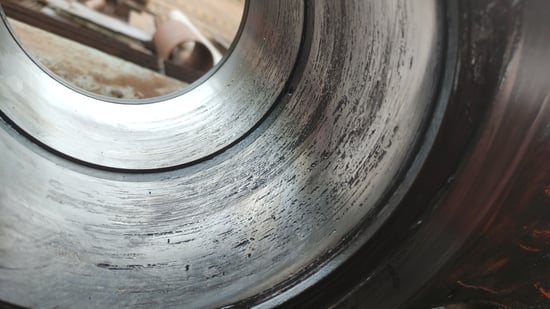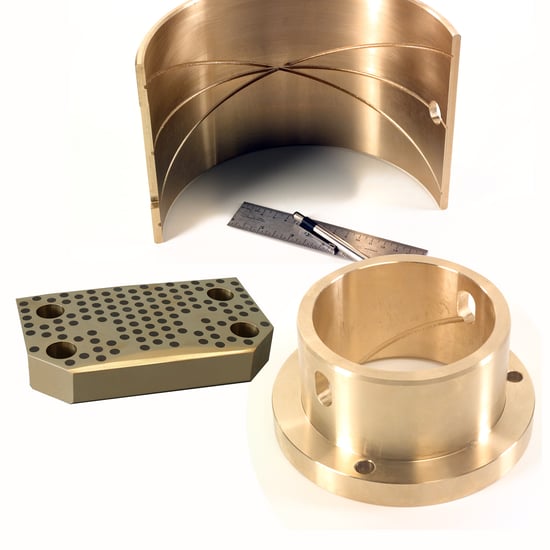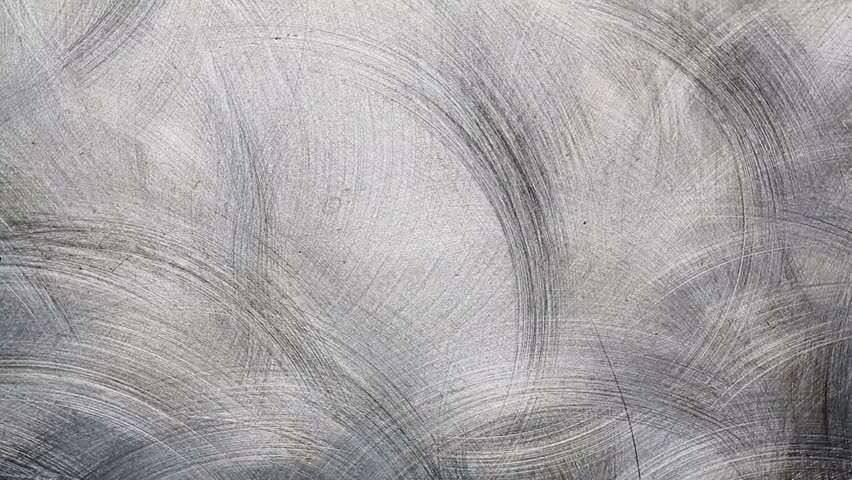Wear is one of the main reasons for downtimes in production. Hence, wear resistance is a well-sought-after property for alloys. Copper alloys such as aluminum bronzes are, therefore, a good solution.
Sapphire and diamond are not only a sign of luxury and widespread demand for wedding rings. Both the colorless cubic modification of carbon and the bluish aluminum oxide are among the most wear-resistant natural materials on the planet. For a long time, no alloys came even close to the wear properties of diamonds and sapphires. But some alloys have similar properties at a much lower price and therefore are way better suited for the uses in industry. But first, let's clarify the basics so we are discussing the same thing.
What is tribology?
Tribology is «the study of friction, wear, lubrication, and the science of interacting surfaces in relative motion.» It deals with the scientific description of processes such as friction, lubrication, and wear between interacting surfaces in relative motion to each other.
Also included are technologies for optimizing friction processes, which can be described as «tribological systems» or «interacting surfaces in relative dynamics.» Tribology is interdisciplinary and is practiced by materials scientists, mechanical engineers, chemists, and physicists.
 Picture: Abrasive wear on a pipe
Picture: Abrasive wear on a pipe
In practice, tribology investigates friction, lubrication, and wear on components such as bearings, guides, motors, gears, and other machine elements. In addition to developing suitable lubricants, the focus of development is also on questions relating to the selection of materials. For example, the wear resistance of materials plays an essential role in various industries to make production processes as effective and cost-efficient as possible.
What is wear resistance?
Wear resistance is the resistance of a material to mechanical abrasion. To improve this property, the body surface of metals is often hardened or coated. Ceramic materials are exceptionally wear-resistant. Suitable lubrication also increases wear resistance. In addition to the material, two factors have a significant influence on the wear resistance or wear rate:
- Type of Contact: What are the dynamics of the contact? Is it a sliding or rolling movement? Which two materials meet each other? Is it metal on metal or metal on plastics? What other properties do the materials have (e.g., roughness)?
- Environment: What is the temperature? Are there any liquids (water/seawater/chemicals etc.) present? Are the materials exposed to sunlight? Is there any lubrication present? What is the velocity of the dynamic movement, and is there any pressure applied?
Why is wear resistance significant?
Wear resistance is essential in many industries as wear-resistant parts are crucial in engineering applications. This is especially true for bearings, wear pads, wear plates, gears, and rotating shafts. Furthermore, wear resistance is also necessary when two surfaces must retain their shape to maintain functionality.
Wear resistance of aluminum bronze
As previously mentioned, the most wear-resistant materials are diamonds and sapphire. These materials are scarce and expensive, so that they won’t be used in industry as wear parts. Instead, there are alternatives – such as steel. However, not all sorts of steel are suited. Wear-resistant steels often have a high proportion of carbon and manganese in their microstructure.
 Picture: Wear-resistant machined parts made of aluminum bronze
Picture: Wear-resistant machined parts made of aluminum bronze
However, the most frequently used materials for wear applications are copper alloys such as tin bronze, phosphor bronze, leaded bronze, gunmetal, brass – and aluminum bronze. Each material has advantages and disadvantages – depending on the application. For instance, aluminum bronze has superior mechanical properties to phosphor bronze, which makes it more suitable for considerably heavier loading. Furthermore, its high proof, fatigue strength, and design stress offer additional benefits, allowing for a considerable reduction in the dimensions of specific components such as gears.
Do you want to learn more about wear resistance and why copper-based alloys are the right choice for your wear applications? Download our free technical paper «Wear resistant alloys – Guidelines and tips» now.





